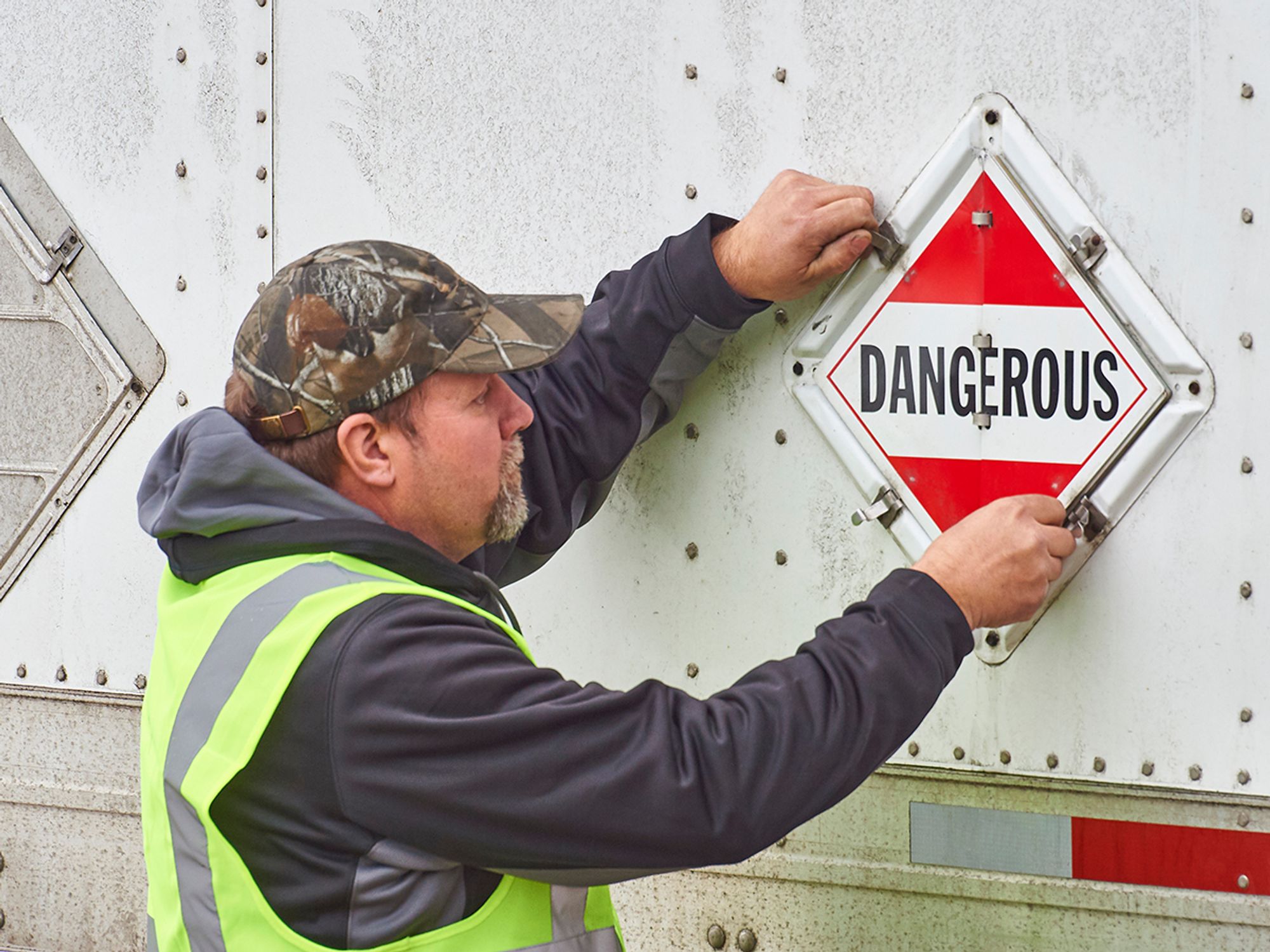Pipeline and Hazardous Materials Safety Administration

- PHMSA is an agency within the DOT that establishes policy, sets and enforces standards, and gathers and communicates information regarding the safe transportation of energy and hazardous materials.
The Pipeline and Hazardous Materials Safety Administration (PHMSA) is focused on protecting people and the environment by ensuring the safe transportation of energy and other hazardous materials that are part of our everyday lives. To do this, PHMSA sets national policy, develops and enforces safety standards, provides education, and conducts research to help prevent incidents. It also works to prepare the public and first responders to reduce the impact if something does go wrong.
When developing or updating regulations, PHMSA keeps five key goals in mind:
- Safety: Reducing the risk of harm to people from transporting hazardous materials by pipeline or other modes.
- Environmental stewardship: Minimizing environmental risks tied to the movement of oil and hazardous materials.
- Reliability: Supporting the safe and consistent delivery of energy products and other hazardous materials.
- Global connectivity: Aligning U.S. regulations with international standards to ensure safe and efficient transport across borders and through the supply chain.
- Preparedness and response: Helping reduce the impact on people, the environment, and the economy in the event of a pipeline or hazmat incident.
Historical note
PHMSA is a U.S. Department of Transportation (DOT) agency. It was created under the Norman Y. Mineta Research and Special Programs Improvement Act of 2004. This act changed the agency’s name from Research and Special Programs Administration (RSPA) to Pipeline and Hazardous Materials Administration (PHMSA).
PHMSA is composed of two safety offices that are responsible for regulating the safe movement of hazardous materials.
Office of Hazardous Materials Safety
The Office of Hazardous Materials Safety (OHMS) develops and recommends regulatory changes governing the multimodal transportation of hazardous materials. It develops long- and short-term plans, schedules hazardous materials regulatory actions, and carries them out in accordance with the plan. When proposed regulations apply only to a single mode of transportation, OHMS develops and coordinates those regulations with the appropriate operating administration.
OHMS responds to requests for interpretation of regulations, inconsistency rulings, and non-preemption determinations. OHMS also conducts public hearings in conjunction with regulatory changes, issues special permits where needed (consulting with the DOT as appropriate), and makes final determinations on registration approvals and reconsideration petitions.
OHMS’s primary duty is to develop regulatory policy options and initiatives based on social, economic, technological, environmental, and safety impacts of regulatory, legislative, or program activities that involve hazardous materials transportation. The office participates fully in policy determinations and implements guidance for approved policies within its authority.
Office of Pipeline Safety
The Office of Pipeline Safety (OPS) administers the national regulatory program to ensure the safe, reliable, and environmentally sound operation of the nation’s natural gas and hazardous liquid pipeline transportation system. OPS develops regulations and other approaches to risk management to assure safety in design, construction, testing, operation, maintenance, and emergency response of pipeline facilities. Since 1986, the entire pipeline safety program has been funded by a user fee assessed on a per-mile basis on each pipeline operator OPS regulates.
OPS also:
- Supports and coordinates with the United States Coast Guard on the National Response Center.
- Serves as a DOT liaison with the Department of Homeland Security and the Federal Emergency Management Agency (FEMA) on matters involving pipeline safety.
- Develops and maintains partnerships with other federal, state, and local agencies; public interest groups; tribal governments; and the regulated industry and other underground utilities to address threats to pipeline integrity, service, and reliability and to share responsibility for the safety of communities.
- Administers pipeline safety regulatory programs and establishes the regulatory agenda.
- Develops regulatory policy options and initiatives.
- Researches, analyzes, and documents social, economic, technological, environmental, safety, and security impacts upon existing/proposed regulatory, legislative, or program activities involving pipeline safety.
- Supports the development and conduct of pipeline safety training programs for federal and state regulatory and compliance staff and the pipeline industry.
